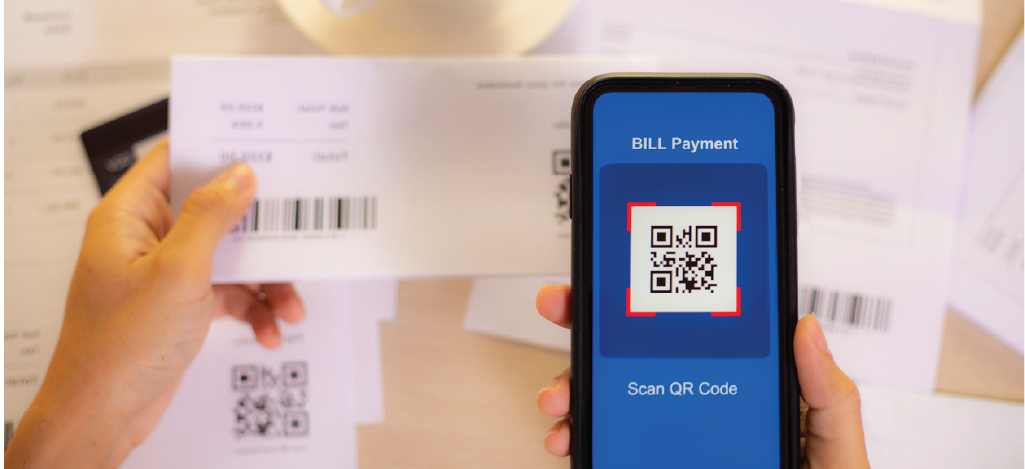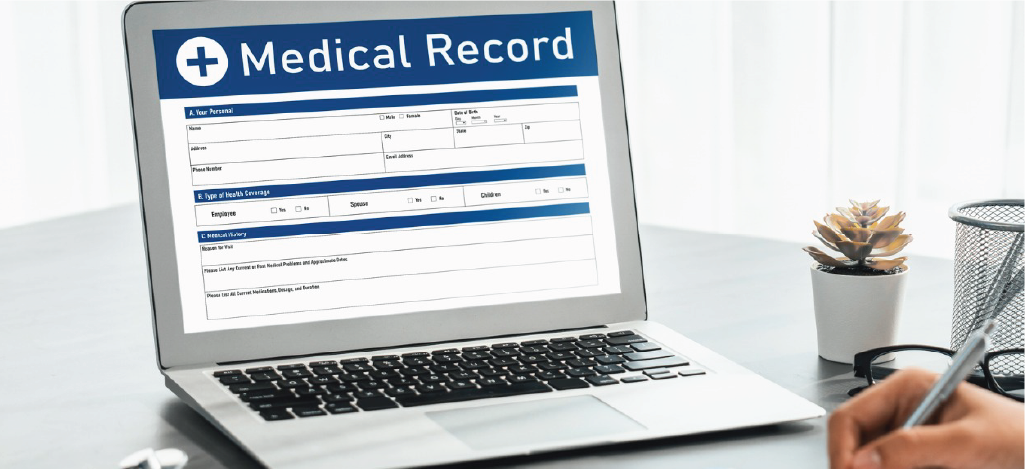Find out how your medical practice can optimize your telehealth billing solutions to unlock faster payments from your patients.
The global telehealth market has grown tremendously in recent years and is projected to continue expanding rapidly. According to a report from Technavio, the telehealth market is expected to increase in value by $368.7 billion between 2024-2028, representing a compound annual growth rate of 40.06 percent! Rising chronic disease rates worldwide and technological advances are driving the surge in virtual care adoption, leading to new telehealth services. However, as virtual care options become more widespread, the administrative challenges of telehealth billing also increase.
One of the main barriers to telehealth growth is ineffective revenue cycle management practices that lead to delayed payments. Telehealth billing can also have higher administrative costs due to the required coding requirements, challenges faced when attempting to qualify virtual visit types for reimbursement, and additional staff training. Moreover, straightforward in-office processes, like collecting copays, become complicated and confusing for patients during telehealth visits.
These combined factors can negatively impact a practice's bottom line if not addressed in time. As the market expands to an estimated projected growth by 2028, efficient billing strategies will be important for healthcare providers looking to capitalize on telehealth's financial benefits and scale up their virtual care programs. By adopting modern billing tactics like pre-visit billing, medical practices can reduce these risks and engage patients early in the financial process for their telehealth care.

Pre-Visit Billing
One of the simplest yet most impactful tactics in telehealth billing is pre-visit billing. This involves sending patients a text or email with a secure link that leads them to a payment portal. Through this, patients can see their expected costs through a clear and detailed invoice before their virtual appointment. Informing patients of charges in advance increases the likelihood that they will settle balances before the due date. In Q1 2024, 23% of patient balances at hospitals were paid before the patient received care, compared to 20% in the same period of 2022. This indicates advance billing is increasing over time.
How to Implement
To effectively implement pre-visit billing, practices should send patients cost estimates well ahead of their scheduled telehealth appointments. This gives patients time to prepare financially for their care. Estimates given through the payment portal link in text or email generally work well. Practices should provide patients with an easy and secure method to pay the estimated amount before their scheduled appointment.
Utilizing cloud-based billing software, like BillFlash, enables digital payments that can streamline the entire pre-visit payment process. This allows patients to settle their balances in full before receiving telehealth services, accelerating cash flow. The billing platform should integrate seamlessly with practice scheduling and medical records systems.
How BillFlash PreBill Helps
Tools like BillFlash PreBill help streamline the entire pre-visit billing process. It automatically generates and sends a simple link via text or email with the pre-visit charge based on scheduled visit data from a practice's booking platform or EHR system. PreBill is designed to be used before a bill is created or when no bill is needed. This helps limit manual tasks that involve producing individual pre-visit invoices. By facilitating pre-payment, practices can shorten their overall billing-to-payment cycle, which will help accelerate cash flow.
Automated Billing and Reminders
While pre-visit alerts improve the front-end patient experience, it is important not to overlook back-office processes. Instead of relying on manual follow-ups that are time-intensive and prone to errors, practices should automate routine billing reminders and statements. There are well-built solutions that easily integrate automated telehealth billing features into existing scheduling and EHR systems, like BillFlash Automated Reminders. Practices can see a steady increase in the payment of outstanding balances by consistently sending automatic email and text reminders at set intervals, without the need for any dedicated collector resources.
A survey of healthcare consumers revealed that a substantial 44% of patients make medical bill payments faster when they receive digital or phone notifications. An even higher percentage, 49%, expressed a preference for paying their bills by text message. Medical practices can personalize the reminders to include balance details and offer multiple payment link options for added flexibility. By prioritizing convenience through paperless communications, providers can streamline previously paper-heavy processes while maintaining strong collection rates electronically.
Ensuring upfront education and follow-up via commonly used channels, like email and texts, helps keep financial responsibilities on patients' minds without overburdening either side. It establishes the provider as a partner every step of the way through the payment cycle. A strong sense of accountability can significantly speed up the settlement of telehealth claims.
How to Implement
To implement an automated telehealth billing and reminders system, practices should utilize the reminder features within their billing software platform. This allows practices to schedule automated reminders in the form of polite emails and text messages sent to patients at regular, customized times concerning any outstanding balances owed. The reminders can be triggered based on specific rules that consider a patient's payment history and habits.
How BillFlash Automated Reminder Help
BillFlash's Automated Reminder system integrates seamlessly with its other billing modules. It ensures consistent follow-ups with patients by sending up to three reminder messages via text or email each month until they make their payment. This reduces the amount of time or the number of times staff has to follow up individually with patients while still maintaining a high standard of patient service. You can set it and forget it; the system automatically removes patients from the sequence once they make their payment.

Clear Communication With Patients
Optimized workflows indeed improve payment capacity internally. However, providers must also address patient usability factors that can lead to confusion, ultimately slowing the remittance process. Unclear medical bills often lead patients to question charges or hesitate to pay until they receive clarification about their bills. 40% of patients reported having difficulty understanding their medical bills. This undermines billing effectiveness while damaging patient satisfaction with interactions.
Presenting itemized statements and invoices with clear, plain language explanations of services, coding, and adjustments helps empower patients as financially educated healthcare consumers. Highlighting key balances and multiple payment options on bills encourages prompt action and helps draw attention to important amounts owed. Thoughtfully designed telehealth billing resources should be accessible across different communication channels from paper to digital to accommodate varying needs.
How to Implement
Healthcare providers should focus on providing detailed, simple bills that clearly outline what patients owe and why. It's also beneficial to use multiple communication channels such as email, text, and mailed bills to be sure patients receive their bills and are aware of their payment options.
How BillFlash Helps
BillFlash allows practices to send clear, concise bill notifications through different channels. This makes it easier for patients to understand their charges and make quick payments. BillFlash offers features like eBills via text and email, mailed bills with QR codes that lead to the payment portal, and PDF inserts paired with mailed bills with educational or important information. These tools work together to streamline the telehealth billing process, improve patient understanding, and accelerate payments, ultimately improving the overall patient experience and the practice's financial health.

Prioritizing Patient Convenience
Offering multiple convenient payment methods (credit cards, mobile payments, online payment portals) encourages patients to pay quickly and easily. The more convenient it is for patients to pay, the faster they are likely to settle their bills. More patients are now paying providers using contactless cards or digital wallets due to convenience factors.
How to Implement
To implement this patient-centric approach, healthcare providers should focus on offering a variety of payment methods. This includes setting up user-friendly and HIPAA-compliant online portals, enabling mobile payment options, and accepting traditional methods like credit cards. The key is to provide flexibility, allowing patients to choose the payment method that suits their preferences and circumstances.
How BillFlash Helps
BillFlash Pay integrates multiple convenient digital and physical payment methods through a centralized system. With BillFlash Pay, patients can pay their bills online, via mobile, or using traditional methods like checks, in one platform. This smooth approach to payment options ensures that patients can easily find a payment method that works for them, likely leading to faster payments and improved patient satisfaction.

Avoiding Expensive Billing Solutions and High Administrative Costs
Efficient telehealth billing solutions should streamline the process without adding excessive costs or manual work. This is important because complex telehealth billing systems with high administrative costs can harm profits and delay payments. This, in turn, ultimately impacts the overall financial health of medical practices.
How to Implement
To implement cost-effective solutions, practices should look for billing software that integrates effortlessly with their current practice management system. This level of integration can significantly reduce the time and effort needed to manage telehealth billing processes across different platforms. Further, automating manual tasks, like payment processing and billing reminders, can greatly reduce overhead costs and improve efficiency. By implementing this type of automation, practices can redirect staff time to more value-added activities, which improves overall productivity and patient care.
How BillFlash Helps
BillFlash provides a cost-effective, all-in-one cloud-based billing platform that helps practices avoid unnecessary administrative costs while maintaining a streamlined payment process. A system as comprehensive as the BillFlash platform can integrate with 100+ EMR applications and cover various aspects of billing, payment, and collections, into a single, user-friendly platform. This integration minimizes the need to purchase and integrate multiple software solutions. It also reduces the potential for errors that can occur when transferring patient data between systems.
Streamline Telehealth Billing With BillFlash
Optimizing telehealth billing offers the benefits of faster payments, reduced administrative burden, and better patient satisfaction. The potential for quicker cash flow, decreased workload for administrative staff, and increased patient satisfaction make this a crucial area for optimization. Explore how BillFlash can help your practice get paid faster while improving your patients' experience—schedule a demo today!

